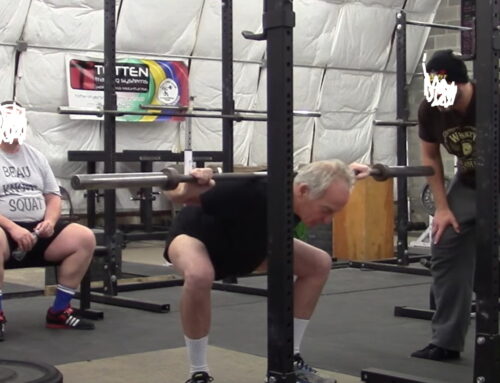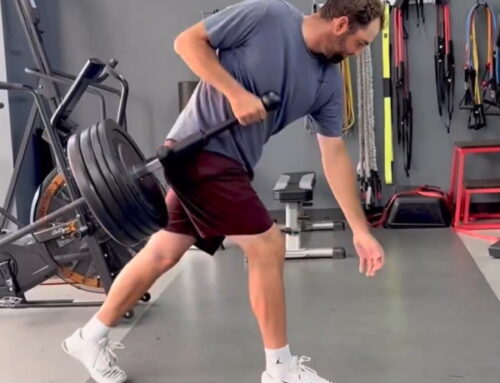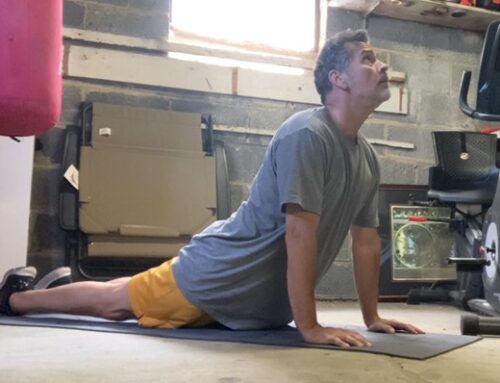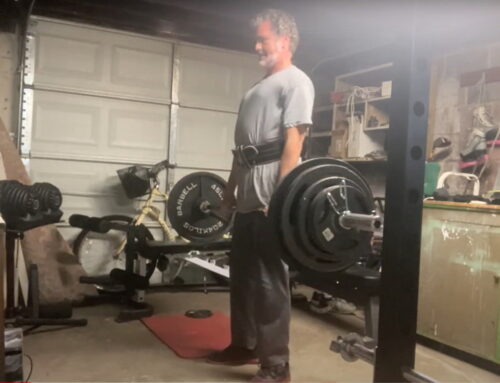 Aside from the putter, the driver is the most important club in your golf bag. Therefore, it makes sense to understand current driver technology to determine the driver that is best for you.
Aside from the putter, the driver is the most important club in your golf bag. Therefore, it makes sense to understand current driver technology to determine the driver that is best for you.
There are two primary components to any golf club… the clubhead and the shaft. In the case of the driver, its clubhead is much larger than any other club in your bag.
The USGA allows the driver clubhead to be up to 460 cubic centimeters in size. These large clubheads allow for more potential distance and forgiveness. The typical size range is 430 to 460 cc.
Some golfers prefer the smaller heads as they feel it gives them more ability to shape their shots.
Different drivers are built with the center of gravity (CG) constructed in different locations within the clubhead.
Clubheads with a lower center of gravity and more toward the back of the clubhead make it easier to get the ball in the air. These drivers tend to be more forgiving.
Better players prefer to have the CG more toward the clubface to increase ball speed and reduce spin. This results in longer tee shots.
Drivers come with a typical loft angle ranging from 9 to 12 degrees, but they can be as low as 5 degrees.
Golfers with lower swing speeds will often opt for drivers with a loft of at least 10.5 degrees.
Long drive competitors will often use drivers with loft angles closer to the extreme low end of the range, while professional tour players will typically carry a driver with 8 or 9 degrees of loft.
Driver Shaft
There are three primary considerations for selecting a shaft for your driver…
- Shaft length
- Shaft flex
- Shaft weight
The maximum allowed shaft length is 46 inches. Most drivers have a shaft length of 45 to 45.75 inches, and the shortest shaft length is about 44 inches.
The general rule of thumb is the longer the shaft, the more speed you can create, but the less control you will have.
In regard to shaft flex, golfers with slower swings will want a more flexible shaft. Driver shafts typically come in four different levels of stiffness… senior, regular, stiff and extra stiff.
Golfers with faster swing speeds upwards of 110 mph will typically go with an extra stiff shaft. This results in less spin and a more penetrating ball flight.
Driver shafts weigh anywhere from 40 to 65 grams.
Lighter shafts are good for golfers with slower swing speeds while the heavier shafts work best for golfers with higher swing speeds.
Again, shaft weight impacts spin and launch.
Different types of drivers
 There are different types of drivers on the market today. These include game improvement drivers, adjustable drivers, anti-slice drivers and drivers geared toward tour pros and high end amateurs.
There are different types of drivers on the market today. These include game improvement drivers, adjustable drivers, anti-slice drivers and drivers geared toward tour pros and high end amateurs.
Most golfers will benefit by selecting a game improvement driver. These drivers offer a balance of performance and ease of use and are designed for newer golfers and golfers with low swing speeds.
The club faces in these drivers are designed to promote a higher launch and maximize ball speed.
Adjustable drivers are those that can be adjusted to fit different swings. These drivers allow you to adjust the loft angle, lie and weight settings.
Most drivers now allow these features so you can fine tune your club.
One particular adjustment can be of particular use to tournament players, and that is the sliding weight feature in some drivers.
These sliding weights allow the golfer to move more weight toward the heel or toe in an effort to shape shots more efficiently and effectively.
This is useful if you are struggling to keep your ball in the fairway due to a slice or hook. Adjusting the weight may help you get a straighter ball flight.
Adjustable face angles can also help you hit straighter drives as well.
Anti-slice drivers were created to help those golfers who suffer from this ball flight issue. More weight is added to the heel to allow the golfer a better opportunity to square the club face at impact.
These drivers are also typically constructed with more weight at the rear of the club to help get the ball in the air.
Lastly, tour level drivers have more variance as they are designed with more fine tuning in mind.
These often come with smaller heads and lower loft than the typical drivers used by most amateurs.
Tour level drivers are built to minimize spin and are designed with faster swing speeds in mind. Less spin means more distance for golfers with higher swing speeds.
The smaller size of the clubhead of these tour level drivers also helps these players shape their tee shots.
Final thoughts
You now have a good idea of the different specifications you should consider when purchasing a new driver.
If you are a new golfer, or high handicap player, the game improvement type of driver is all you really need to consider.
From there, it is just a matter of understanding your swing speed to be sure you get a driver with the correct amount of flex and weight in the shaft.
Better golfers may want to consider getting a custom fitting to identify the right type of driver for their own game.





